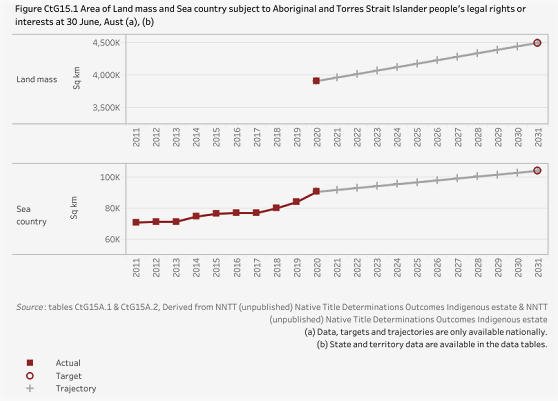UTS Law's Dr Alexandra Grey examines the government's plan to strengthen Aboriginal and Torres Strait Islander languages.

Image: Pxhere
For the first time, the 2020 ‘Closing the Gap’ targets included a target about Aboriginal languages. Target 16 states that: “By 2031, there is a sustained increase in number and strength of Aboriginal and Torres Strait Islander languages being spoken.”
The federal government says: “The inclusion of this target represents a structural change in the role of language and culture in broader policy development and implementation”. However, to reach the target, only increases in the Indigenous Languages and Arts (ILA) Program funding are planned.
The language target is one of 17 socioeconomic targets towards which the Coalition of Aboriginal and Torres Strait Islander Peak Organisations and federal, state, territory and local governments are working. It coincides with the United Nations’ International Decade of Indigenous Languages.
The federal government published its Closing the Gap Implementation Plan in July 2021. The Implementation Plan notes that “Language is fundamental to Aboriginal and Torres Strait Islander culture and identity, even for those who do not speak language. Strengthening language is central to achieving outcomes across all Closing the Gap outcomes.”
The challenge – and a key reason for the national Closing the Gap Target 16 – is that “The overwhelming majority of Aboriginal and Torres Strait Islander people – around 90% – report that they do not speak their traditional language”.
The Implementation Plan relies on the Closing the Gap Annual Data Compilation Report July 2021, which relies on the 2020 National Indigenous Languages Report, which in turn relies on the Third National Indigenous Languages Survey, to count 14 languages as “strong”.
The 2021 Annual Data Report models an increase to 15 “strong” Aboriginal languages by 2031, and 125 Aboriginal languages being spoken (Figure 1). These target numbers may be changed over the decade; they are the only numeric targets for strengthening languages in the framework so far.

Figure 1. from Australian Government Productivity Commission (2021) Closing the Gap Annual Data Compilation Report July 2021, p.87.
The federal government and its Aboriginal and Torres Strait Island partners designed the Implementation Plan to focus not only on renewing traditional languages, but also on the “capture, preservation, maintenance, use, and consideration of Aboriginal and Torres Strait Islander languages, to prevent further language loss, [and] enable equitable access to government services and opportunities”. (I note that ‘loss’ is not a term everyone prefers when there are alternatives like ‘separation from language’, ‘disinheritance’ and ‘linguicide’.)
To these ends, the Implementation Plan spells out four areas of action, some of which are assigned new funding and some of which are not. For example, the National Indigenous Languages Report Series is a listed action but neither an ETA nor funding for it are described in the Implementation Plan.
Similarly, the Indigenous Language Dictionaries Project is a listed action but receives no further funding, seemingly because the federal government has already committed $200,000 p.a. to this project, until 30 June 2023, as part of the Indigenous Advancement Strategy.
Indigenous Interpreting Services are another of the four actions. These already exist: the Plan notes the amounts of funding already committed to Aboriginal language interpreting and does not add funding.
It is only in terms of the ILA Program that additional funding is planned. In recent years, this program has provided ~$20 million p.a. for 20 Aboriginal and Torres Strait Islander language centres around Australia and an annual competitive grant scheme for community-led Aboriginal and Torres Strait Islander languages and arts projects. The Implementation Plan announces additional ILA funding:
- “$12.1 million to support the existing ILA-funded Indigenous language centres to expand their capacity”;
- $5.6 million to establish new Commonwealth-funded Indigenous language centres”;
- $0.8 million to ensure endangered languages can continue to be recorded and preserved for future generations by protecting the most at-risk Indigenous languages; and
- $4.3 million for the development of place-based partnerships between language centres and local service delivery partners in health and early childhood to support Aboriginal and Torres Strait Islander people to learn and use language(s) across their lifetimes.”
The Minister responsible for these actions is the Minister for Communications, Urban Infrastructure, Cities and the Arts, currently the Hon. Paul Fletcher MP.
The Implementation Plan’s Next Steps state that the “Joint Council on Closing the Gap will establish a joined-up approach to Aboriginal and Torres Strait Islander languages by 2022” but as 2021 closes, we are awaiting news about how this is progressing. A further update on this joined-up approach can be expected next year.
Dr Alexandra Grey, Chancellor's Postdoctoral Research Fellow, UTS Law

